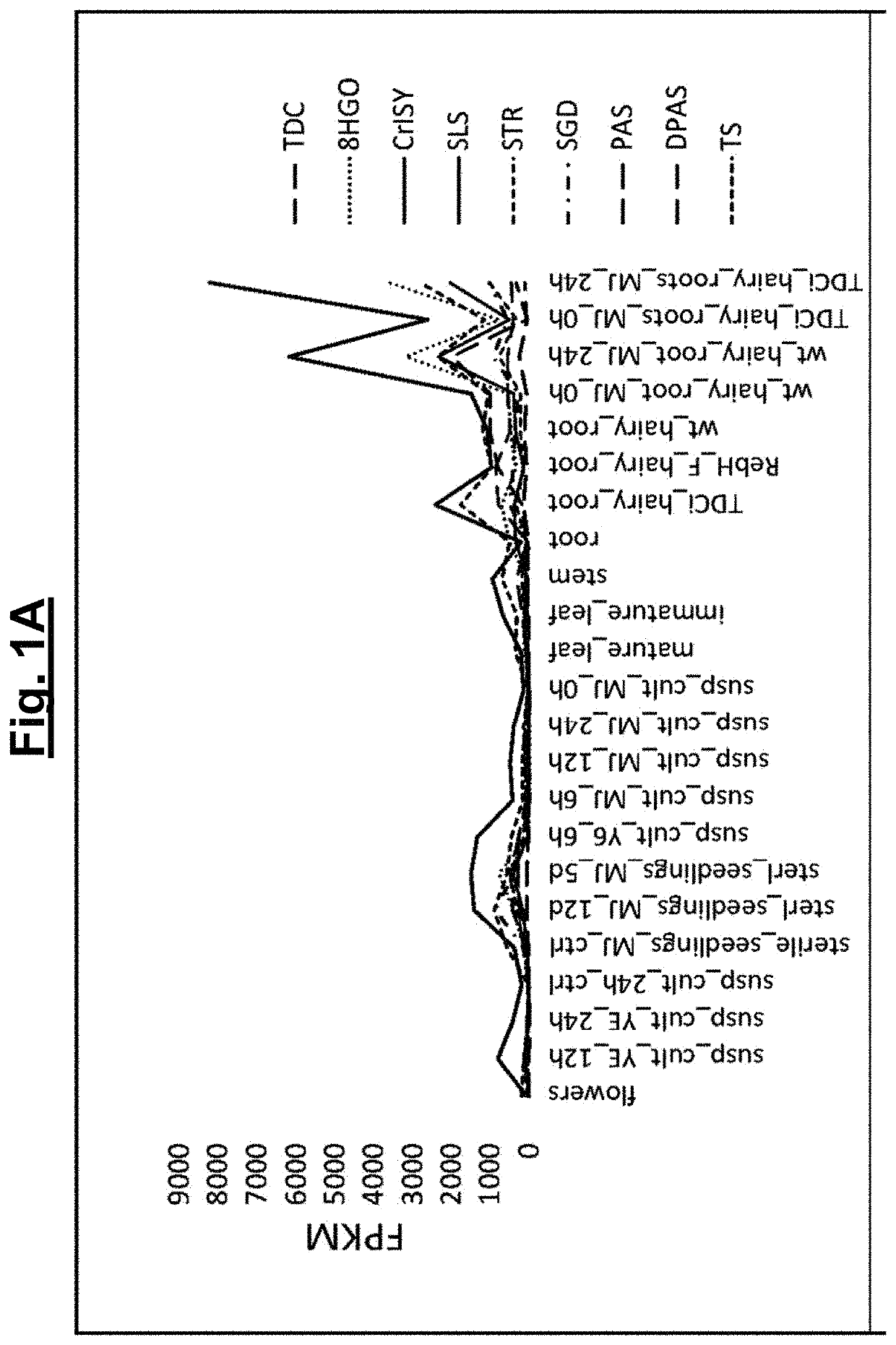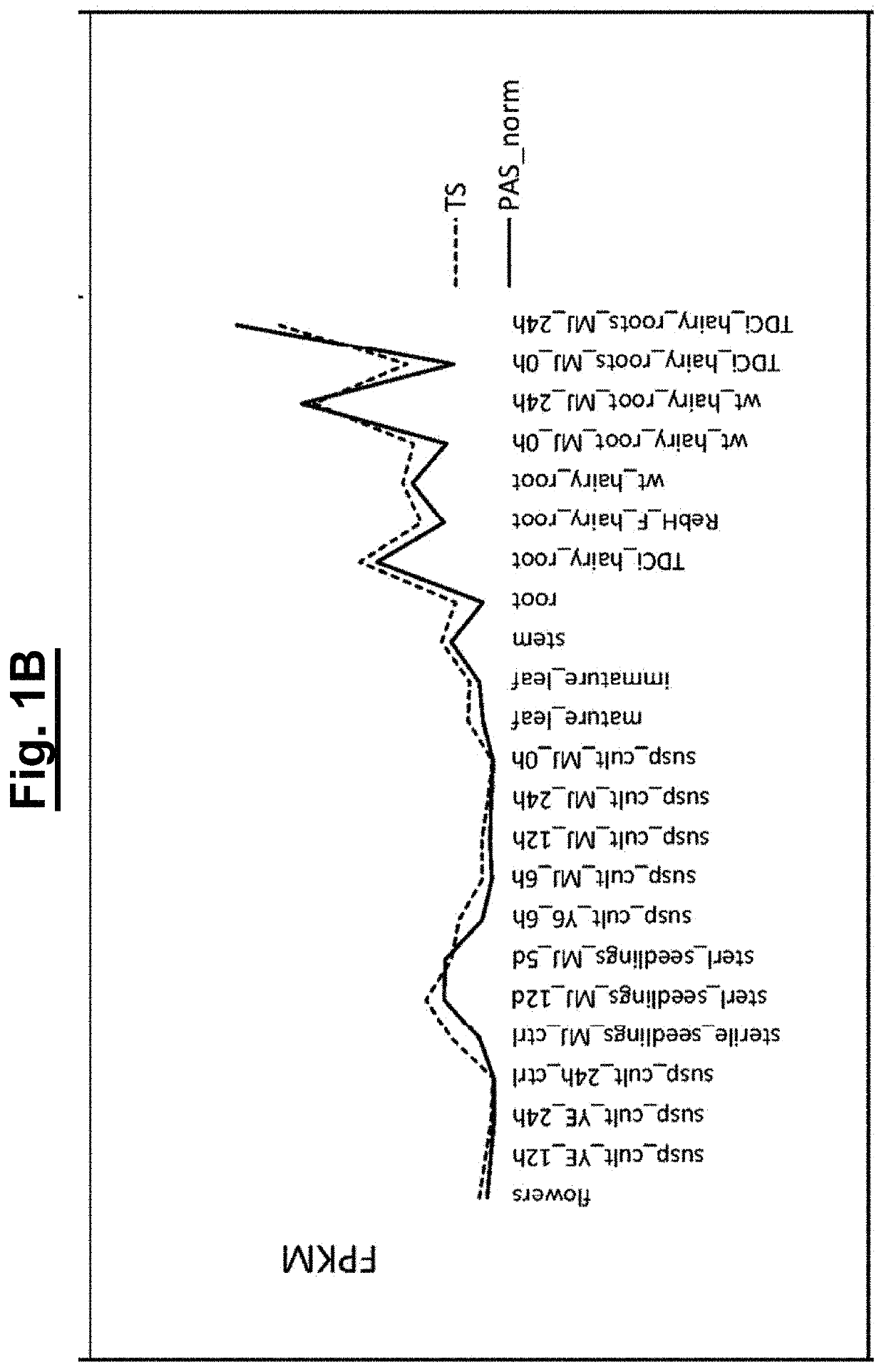Method and means for manufacturing terpene indole alkaloids
- Summary
- Abstract
- Description
- Claims
- Application Information
AI Technical Summary
Benefits of technology
Problems solved by technology
Method used
Image
Examples
example 1
[0138]Introduction
[0139]The biochemistry required for tabersonine 2 and catharanthine 3 formation from the known alkaloid intermediate stemmadenine 1 is described below.
[0140]Results
[0141]It has been hypothesized that catharanthine 3 (iboga-type alkaloid) and tabersonine 2 (aspidosperma-type) scaffolds are generated by dehydration of the known biosynthetic intermediate stemmadenine 1 to dehydrosecodine 9, which can then cyclize to either catharanthine 3 or tabersonine 2 via a net [44-2] cycloaddition reaction (Scheme 2A). Since the dehydration product dehydrosecodine 9 is highly unstable, we though that it would be too reactive to diffuse from an enzyme active site without decomposing. Therefore, we concluded that the dehydration and cyclization reactions would be catalyzed by a single enzyme.
[0142]Since the biosynthetic genes for vincristine 5 and vinblastine 6 are not clustered in the plant aenome, RNA-seq data was searched for gene candidates in RNA-sea data from the vincristinei...
PUM
 Login to view more
Login to view more Abstract
Description
Claims
Application Information
 Login to view more
Login to view more - R&D Engineer
- R&D Manager
- IP Professional
- Industry Leading Data Capabilities
- Powerful AI technology
- Patent DNA Extraction
Browse by: Latest US Patents, China's latest patents, Technical Efficacy Thesaurus, Application Domain, Technology Topic.
© 2024 PatSnap. All rights reserved.Legal|Privacy policy|Modern Slavery Act Transparency Statement|Sitemap



